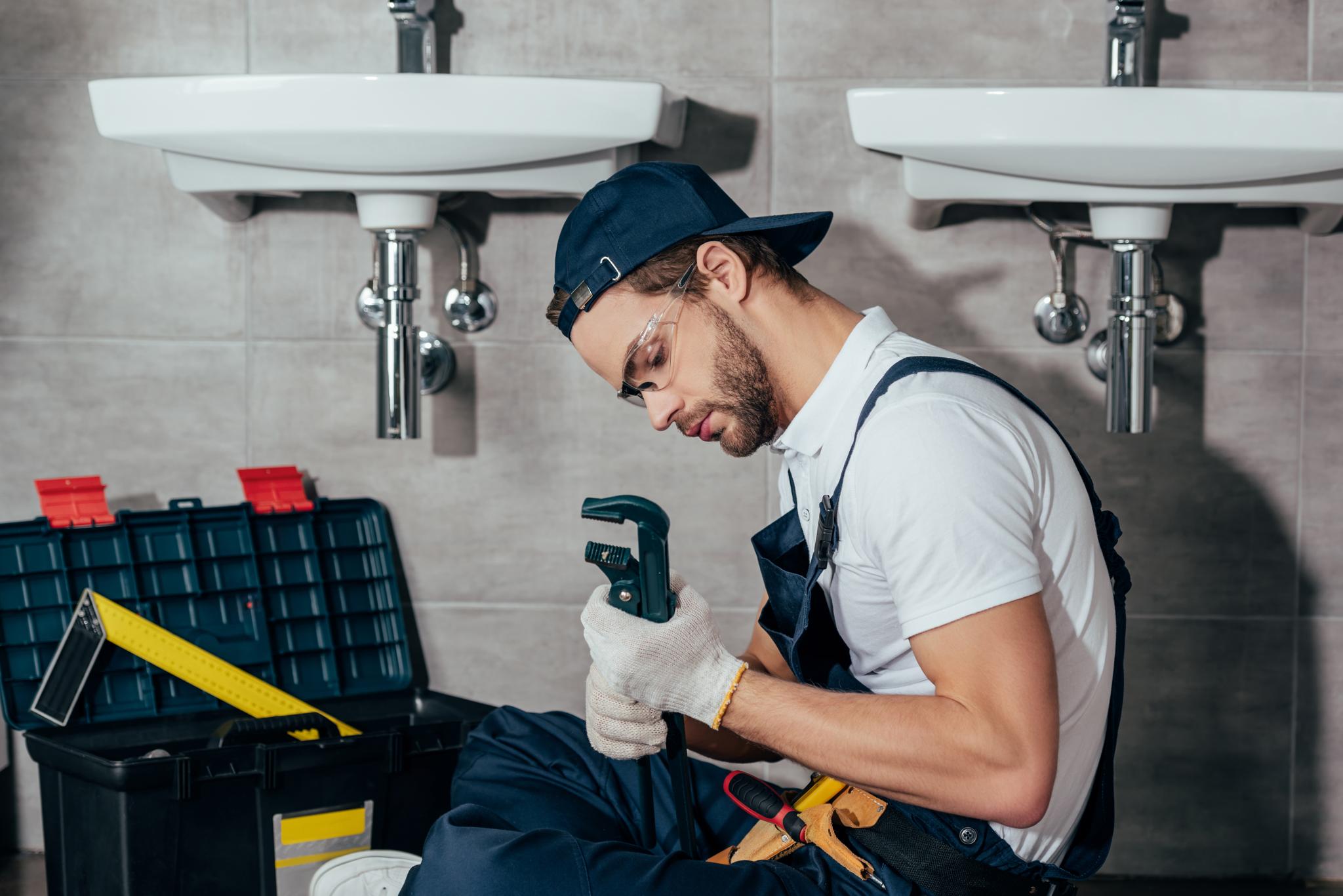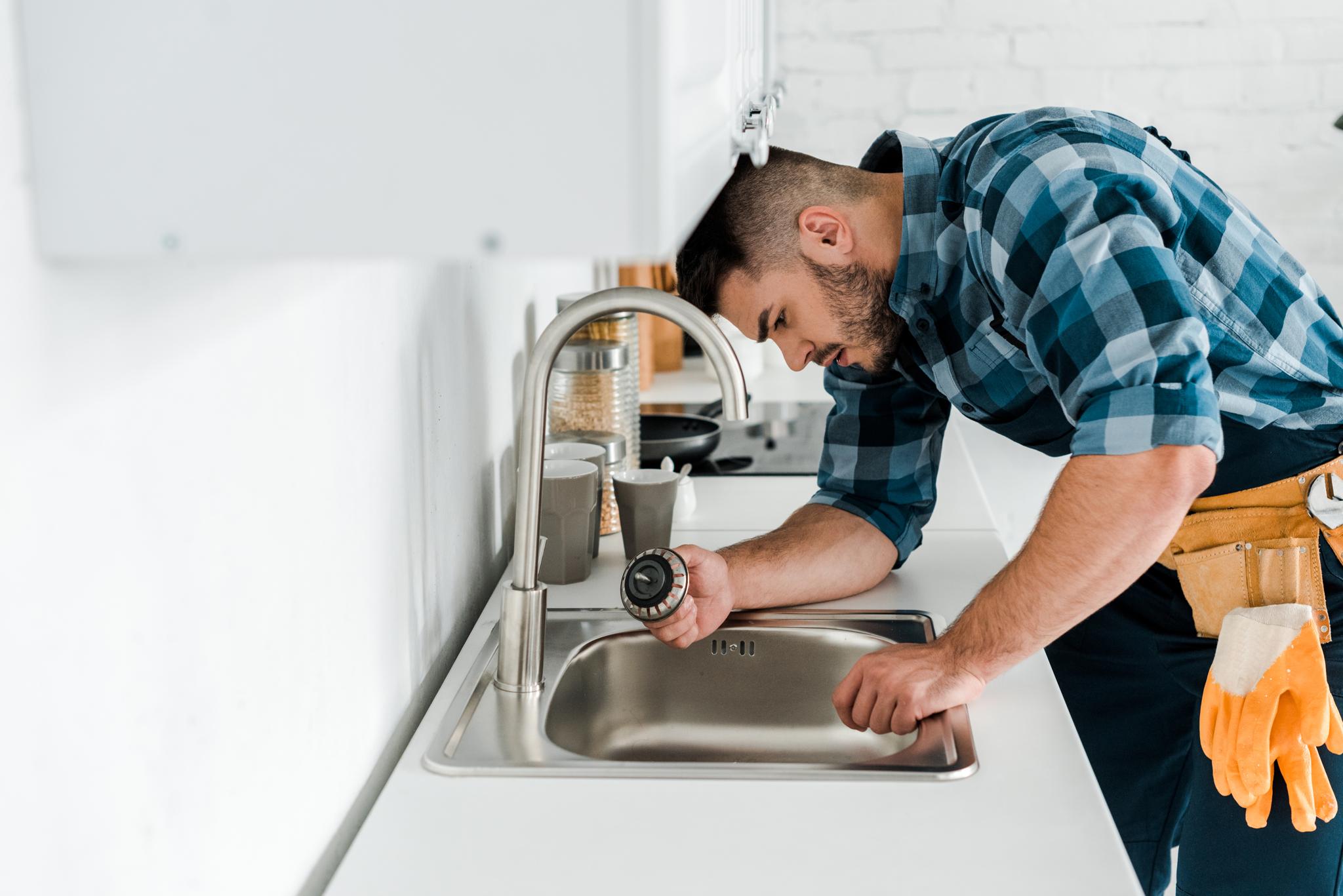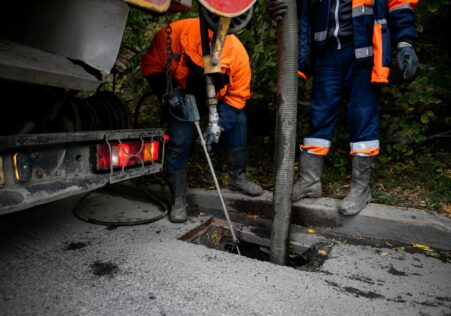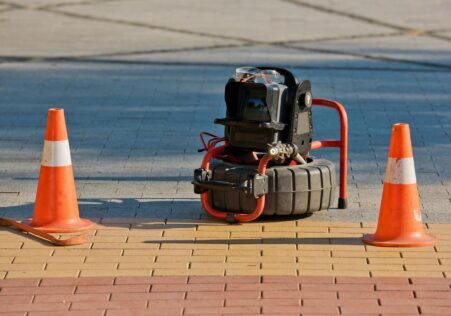Understanding the Differences Between Pipe Relining and Pipe Replacement
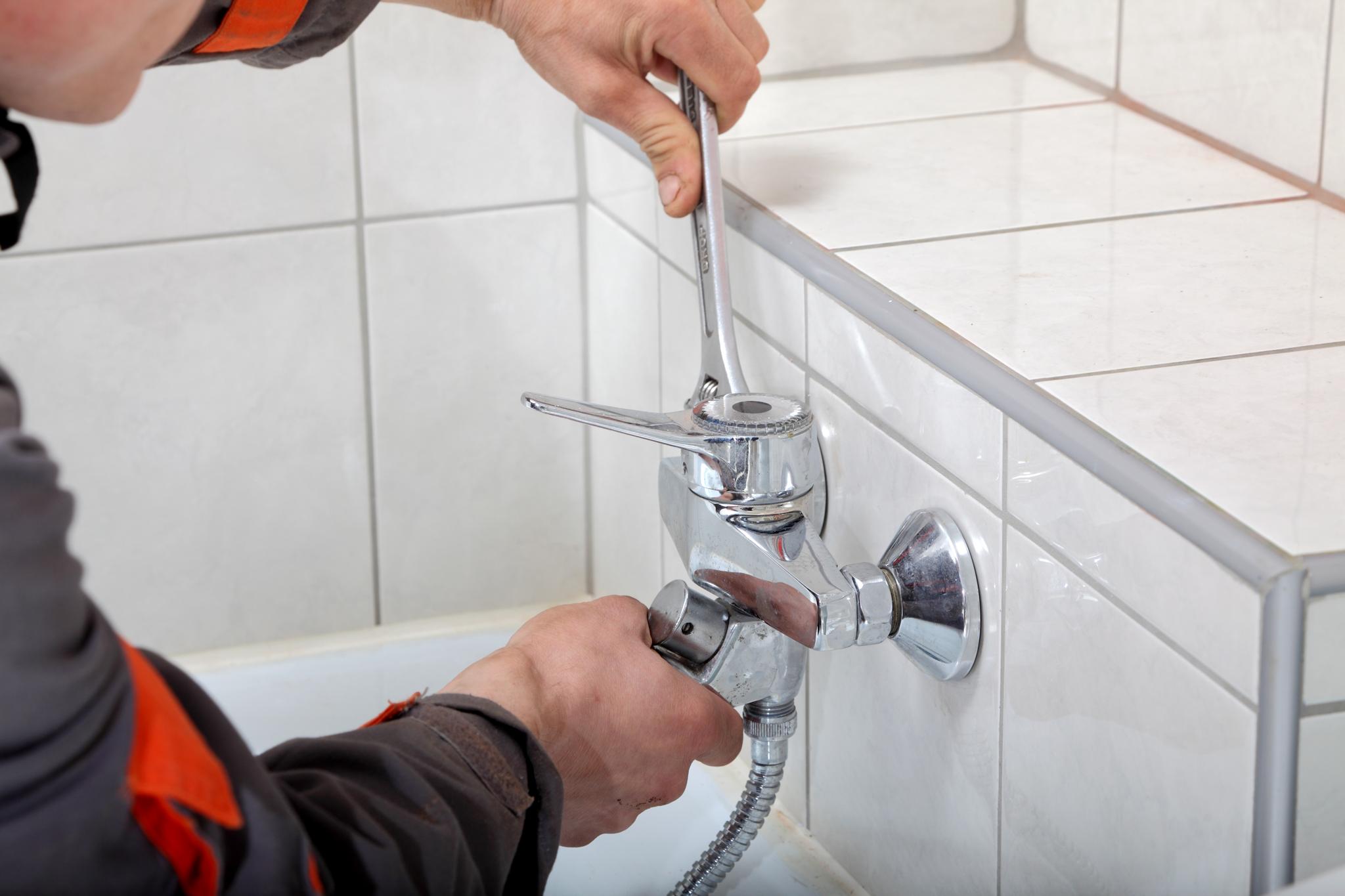
When it comes to fixing damaged pipes, two popular options are pipe relining or replacement of pipes. Both of these methods are designed to restore the functionality of your pipelines, but there are distinct differences you need to know.
Key Takeaways
- Pipe relining is an economical and speedy method to repair damaged pipelines.
- The lining of CIPP is utilized in the relining of pipes.
- Epoxy resin is utilized to line the inner parts of the pipe. The resin cures to create a new inner lining inside the pipe.
- Relining pipe is time-efficient and cost-effective, and can last for up to 50 years.
- The traditional method of replacing pipes is digging up areas of the property in which pipes are situated.
- Replacement of pipes may be required for severely damaged pipes.
- A brand-new pipeline installed with pipe replacement has a long time span (75 up to 100 years).
- Replacement of pipes is expensive and lengthy.
- The decision between pipe relining or pipe replacement will depend on the severity of damage that has been caused.
In this article, we’ll go over pipe relining and. pipe replacement. Find out which one suits your requirements more.
What is Pipe Relining?
Pipe relining, also known as Cured-In-Place pipe (CIPP) lining is a state-of-the-art repair process that offers a cost-effective and swift solution for restoring damaged pipelines.
Here’s how it is done:
- Technicians clean the pipeline with high-pressure jetting or mechanical cleaning.
- Then, they put epoxy resin made of fiberglass or polyester liner in the pipeline.
- The liner is cured and forms a new lining within the old pipeline that’s just as strong as a brand new one.
Advantages Pipe Relining
- Time-efficient – It usually takes only 2 to 3 hours of time to accomplish the whole process, as opposed to digging for several days with traditional pipe replacement methods.
- Cost-effective Since no excavation or removal is required in pipe relining This can help you save more than 50% of the cost you’d spend on traditional repairs.
- Durability – The new liner that is created by pipe relining may last for up to 50 years!
Cons of Pipe Relining
- Not suitable for very damaged pipes - If you have significant damage such as cracks, collapses or joints that aren’t aligned properly within your sewer line then pipe relining may not be possible.
What exactly is Pipe Replacement?
Pipe replacement involves digging up portions of the yard/sidewalk/driveway where underground pipes are located. The sections could include collapsed pipes or extremely damaged ones due to the effects of time or neglect.
The following steps make up the majority of traditional pipe replacements:
- An excavation crew digs access to the degraded underground pipe.
- The pipeline was ripped off and dug up, generating a lot of debris that needs to be disposed of.
- They then install an entirely new pipeline instead of the one they had previously installed.
Pros and Cons of Pipe Replacement
- Ideal for pipes that have been severely damaged Ideal for severely damaged pipes – If you must replace pipes with severe corrosion or damage, pipe replacement is the ideal solution.
- Long-lasting – The latest pipeline that is installed by pipe replacement has a long lifespan (75 bis 100 years) which makes it a great option for homeowners looking for the best solution for their home.
Pros and Cons of Pipe Replacement
- It is expensive – Excavating work required for pipe replacement can be costly and time-consuming.
- Time-consuming – Traditional pipe replacements could take several weeks, based on the extent of work and depth of excavations required.
Which one is best for you?
The decision on whether to go with the option of relining or replacing your pipes mostly depends on the degree of damage caused. If your pipes suffer minor damage, such as cracks or minor leaks, the relining process is probably the better option since it’s less expensive and also quicker than traditional replacements.
However, if you have severe damage, such as collapses or broken pipes the best option is replacing the pipe with a traditional method, even though it may be more expensive and will take longer.
| Pipe Relining | Pipe Replacement | |
|---|---|---|
| Procedure | CIPP lining using epoxy resin | Excavating and replacing the old pipeline |
| Pros | Time-efficient- 2 to 3 hours to complete | Suitable for severely damaged pipes |
| Cost-effective – Almost half of traditional costs. | New pipeline lasts for 75 to 100 years | |
| Durable – Lasts up to 50 years | ||
| Cons | Not suitable for severely damaged pipes | Costly |
| Time-consuming | ||
| When to choose | Minor damages like cracks or minor leaks | Severe damages like collapses or breaks |
Frequently Asked Question
What is the process of relining pipes?
Relining pipes is a procedure that involves creating a new pipe inside an existing damaged pipe. This is done by inserting a flexible liner inside the old pipe and then curing it in place. After curing, the new pipe is free of joints or seams, which increases its structural integrity.
What is the difference between traditional pipe replacement and differ from pipe relining?
Traditional replacement of pipes involves digging up and physically removing old pipes, and then replacing them with brand new ones. However, pipe relining doesn’t require excavation; instead, it’s completed by using technology that permits repair of pipelines without digging large portions of land.
Which method is cheaper - pipe relining or traditional replacement?
Pipe relining typically costs less than the traditional methods of pipeline repair as there are no costs associated to excavation, or other methods necessary for removing and replacing old pipes.
Can all types of pipes be relined?
Not all types of pipes are relined in a successful manner. In the end, your plumber will have to inspect your pipe to determine if it is feasible to line your particular type of pipes. But, the majority of new pipes may be repaired by this procedure.
How long will the process of pipe relining take?
The precise time needed for the process is dependent on various factors such as location, climate and type of damage; however, the average pipe Relining process typically takes about 2 days depending on how many meters need to be lined..
In the end, if you would like to steer clear of digging work and save money in the process of restoring your damaged pipelines’ functionality, consider opting for our Adelaide Blocked Drains Plumber ‘s swift and efficient pipeline relining service. Get in touch with us!
Additional Information
- Preserve the Planet through Pipe Relining
- When to Prevent Piping Problems: Evaluate Relining
- How to Tell You Need Drain Clearing Services for Your Business
- Pipe Relining: The Budget-Friendly Option for Sewer Repairs
- Catching Drain Issues Early: The Benefits of Scheduling Regular Inspections for Your Business
- Why Condo Complexes are Switching to Trenchless Pipe Relining Methods
- Avoid Common Mistakes: Expert Tips on Choosing the Best Pipe Relining Material
- Demystifying In-Depth Walkthrough to the Plumbing Relining Process: All You Can Expect
- How CCTV Drain Inspection Saves You Time and Money in the Long Run
- Don't Let These Common Mistakes Clog Your Pipes


